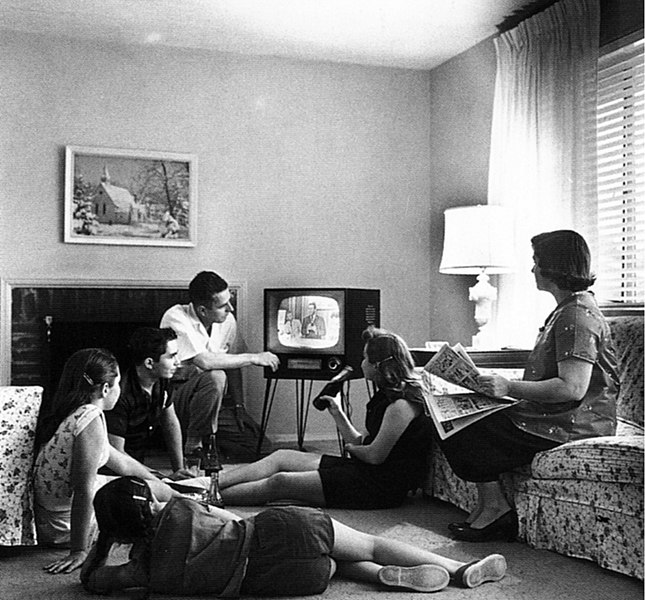What
does your audience do when they see your TV advert? Does it make them
smile or grimace? Do they sit passively or tend to fidget, switch off, or even leave the room? Do you
know anything about how they really respond? I suspect you have no real idea.
A marketer today would say people responded favourably in our focus groups and our data from Nielsen shows X, Y and Z. In the near future the level of knowledge about consumers responses will be real time and far more detailed. All this courtesy of Microsoft.
The most revolutionary element of the recent Xbox One announcements was the improved Kinect 2 sensor. Kinect 2 is a game changed because of several factors.
Firstly it is always on. This means it is collecting data when the user is playing Xbox One games, using online services delivered through the TV and when simply watching TV. It is a constant monitor watching the audience When the Xbox One is not being used for any game or activity it is doing so in a lowered monitoring state, where it is in theory only listening out for a potential XBOX command. But it would be fair to assume that when the TV is your digital hub it is fully aware. This has already raised concerns and Microsoft have responded:
"The new Kinect is listening for a specific cue, like 'Xbox on,'" the spokesperson said. "We know our customers want and expect strong privacy protections to be built into our products, devices and services, and for companies to be responsible stewards of their data. Microsoft has more than 10 years of experience making privacy a top priority. Kinect for Xbox 360 was designed and built with strong privacy protections in place and the new Kinect will continue this commitment."
But in the same article they also added that :
“We aren't using Kinect to snoop on
anybody at all. We listen for the word “Xbox on” and then switch on the
machine, but we don’t transmit personal
data in any way, shape or form that could be personally identifiable to you,
unless you explicitly opt into that.”
(My italics)
This implies aggregated data or specific data which is not tied back to an individual may be collected and used. Microsoft are positioning the Xbox One as the linchpin of your TV digital home hub. This is a big ask, and one which many have failed to achieve. The number and diversity of devices we plug into our TVs makes it difficult for any one to manage to control them all. But it is this potential unifying element, plus the need to easily switch to using the Xbox to play games which will validate leaving the Xbox permanently on.
The capabilities of Kinect 2 have advanced significantly over its previous incarnation. It can now track up to six individuals at one. These individuals do not need to do anything to be part of this, no login in or declaring themselves. The system recognises and tracks them. This is distinct from Nielsen, whose sample users have to check in every time they sit down to watch. As a result Nielsen carry out audits and spot checks and apply data analysis techniques to try to ensure the data is accurate.
From a marketing perspective the biggest advance is the types of information he Kinect 2 collects. It can see in the dark and track complete body movement, facial expressions and heart rate.
The Xbox One is launched it will deliver a device watching our audiences monitoring how they respond to what they see and interact with. When they smile, look away, fidget, laugh, or switch off. We will potentially know their age, gender and other anonomised behavioural data. It will be in millions of homes, collecting data in realtime. Microsoft are clearly exploring this potential and have already filled a patent in 2011 to monitor and add awards or achievements based on watching habits.
If I were Nielsen I would
set to developing test rig systems using the Kinect 2 to understand the
competition.



This comment has been removed by the author.
ReplyDelete